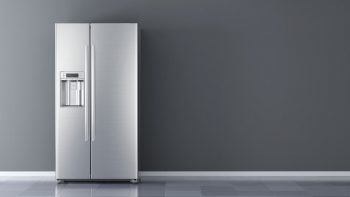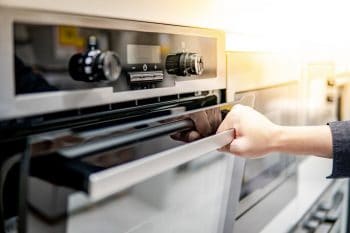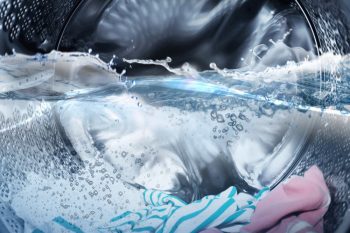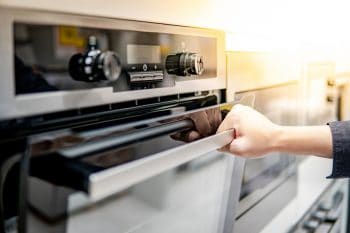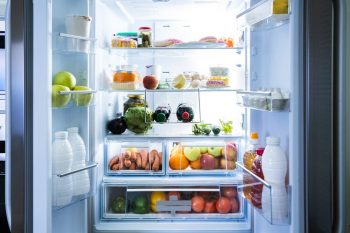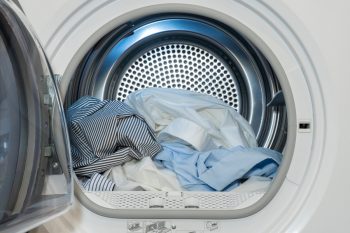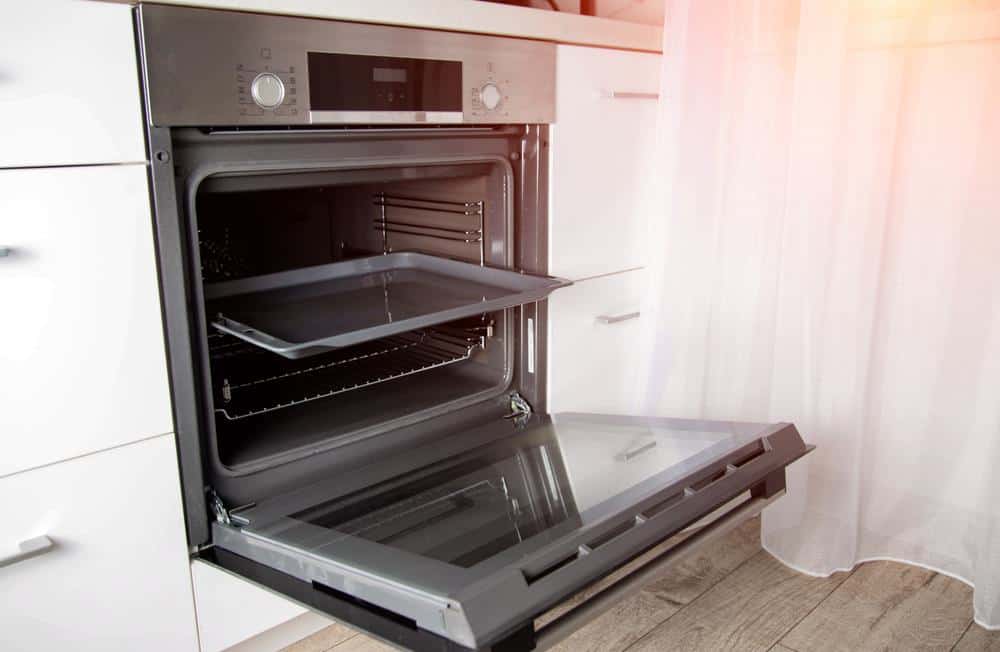
The kitchen is a realm of infinite culinary possibilities, where culinary creativity meets scientific precision. One question that often arises among cooking enthusiasts and beginners alike is: “What happens if you put a pan in the oven?” The answer is not as straightforward as you might think. It depends on several factors, including the type of pan, its material, and whether or not it is oven-safe.
What happens when you put a pan in the oven depends on the type and material of the pan. If it’s an oven-safe pan, such as those made from metal, stainless steel, cast iron, or certain ceramics, it can withstand high temperatures and is safe for oven use. However, if the pan is not oven-safe, like those with plastic or wooden handles or certain non-stick coatings, it can get damaged, release harmful fumes, or ruin your food when exposed to high temperatures. Always check the manufacturer’s instructions to determine if your pan is oven-safe.
Understanding Oven-Safe Pans
Oven-safe pans are designed to withstand high oven temperatures. They are typically made from materials such as metal, stainless steel, cast iron, or ceramic coatings. Using an oven-safe pan in the oven can open up a world of cooking techniques, from baking and roasting to broiling and slow-cooking.
For instance, cast iron pans are renowned for their heat retention and even distribution properties, making them an excellent choice for searing meat on the stovetop and then finishing it in the oven. Similarly, stainless steel pans are versatile and can withstand temperatures between 400°F and 800°F, depending on the brand and collection.
The Consequences of Using Non-Oven-Safe Pans
But what if your pan isn’t oven-safe? If you place a non-oven-safe pan in the oven, you risk permanently damaging the pan, releasing harmful fumes, or even ruining your meal. For instance, pans with plastic or wooden handles, silicone handles, or certain non-stick coatings are generally not safe for oven use.
When exposed to high temperatures, plastic handles can melt, releasing foul-smelling fumes and potentially contaminating your food. Wooden handles, on the other hand, can warp, shrink, or split. Non-stick coatings can degrade and release toxic fumes when overheated.
Identifying Oven-Safe Pans
So, how can you tell if a pan is oven-safe? Here are a few tips:
- Check the manufacturer’s directions: The user manual or the manufacturer’s website will usually state whether the pan is oven-safe.
- Look at the material: As a rule of thumb, pans made of metal (stainless steel, carbon steel, cast iron, and aluminum) are generally oven-safe.
- Consider the handle material: Pans with metal handles are typically oven-safe. However, pans with silicone, plastic, or wooden handles might not withstand high temperatures.
- Look for the oven-safe symbol: Some pans have a series of icons on the bottom indicating their compatibility with different types of burners and whether they are oven-safe.
Precautions When Using a Pan in the Oven
When using a pan in the oven, it’s essential to follow certain precautions:
- Always refer to the manufacturer’s guidelines to determine if your pan is oven-safe and the maximum temperature it can withstand.
- Avoid using pans with plastic or wooden elements in the oven.
- Be cautious with non-stick pans. Non-stick pans with PTFE (Teflon) coatings should not be used in the oven above 500°F.
- Use oven mitts or a thick towel to protect your hands when handling a hot pan.
- Monitor your food throughout the cooking process, as liquids may splash or flare up during the oven phase.
The Benefits of Using a Pan in the Oven
Using a pan in the oven has several benefits:
- Even heat distribution: Oven cooking allows for more even heat distribution, ensuring that your dishes are cooked or baked to perfection.
- Versatility: Oven-safe pans can be used on the stovetop and in the oven, combining the benefits of both cooking methods.
- Improved non-stick properties: Cast iron pans, when seasoned and used in the oven, can develop a natural non-stick surface that improves with each use.
- Durability: Oven-safe pans, such as cast iron and stainless steel, are known for their durability and longevity.
Conclusion
In conclusion, whether or not you can put a pan in the oven depends on the type of pan and its material. Always check the manufacturer’s instructions to ensure your pan is oven-safe. By doing so, you can expand your culinary repertoire and make the most of your kitchen equipment.
Frequently Asked Questions
Can I put a glass pan in the oven?
Yes, you can put a glass pan in the oven. Most glassware is oven-safe up to a certain temperature. However, it’s crucial to check the manufacturer’s instructions as some glass pans may not be safe at higher temperatures.
Can I put a pan with a silicone handle in the oven?
Some silicone handles can withstand oven temperatures up to a certain point, typically around 350°F to 400°F. However, it’s always best to check the manufacturer’s guidelines to confirm this.
What should I do if my pan doesn’t have an oven-safe symbol?
If your pan doesn’t have an oven-safe symbol, you can check the manufacturer’s directions or website for information. If no information is available, it’s safest to assume that the pan is not oven-safe.
Can I put a non-stick pan in the oven?
Non-stick pans with PTFE (Teflon) coatings should not be used in the oven above 500°F, as the coating can degrade and release toxic fumes. Some modern non-stick pans are designed to be oven-safe, but always check the manufacturer’s instructions to be sure.
Can I put a pan with a copper bottom in the oven?
Yes, pans with copper bottoms are usually oven-safe. However, be aware that copper conducts heat very efficiently, so you may need to adjust your cooking times or temperatures. As always, check the manufacturer’s instructions to confirm.

